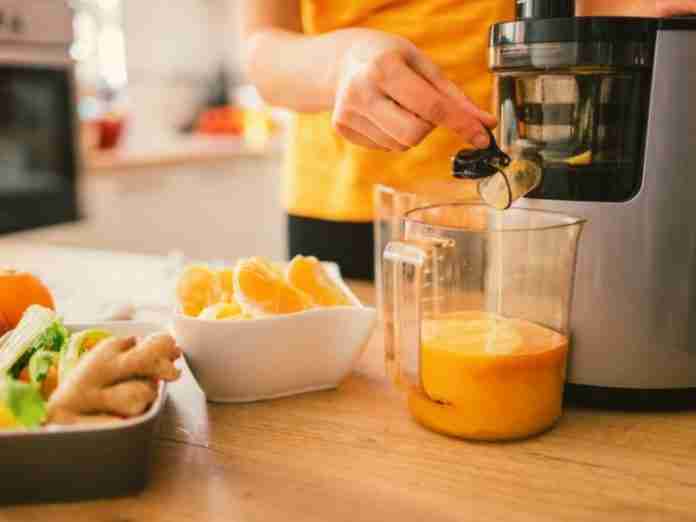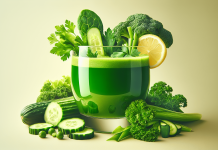The most common malfunction of a juicer is breaking a sieve, which is usually the result of cheap materials or lousy construction.
All the juicers we review pass strict quality tests, so this is not a problem.
However, some ingredients can damage the sieve or the squeezing chamber, regardless of the materials used in their construction.
Here are five tips for applying to ensure the longevity of your juicer. They are based on our tests and feedback from customers.
Review contents
Soft Carrots

When the carrot grows old, it becomes soft and rubbery. If you try to make juice out of it, you will not get plenty of juice, and you can easily damage your juicer. This is because it is hard to crush soft carrots in a juicer. So instead, the carrot is wrapped around the auger and sank around the sieve.
As it can not pass through the small holes of the sieve, tremendous pressure is generated from the torque and the auger. Thus, in the end, something will break.
Unfortunately, this “something” is usually the sieve or the whole squeezing chamber that goes off under pressure. So could you give it a crunchy and hard carrot? It’s best to juice the carrot soon after buying it.
Advice: If the carrot has lost only a bit of hardness, try soaking it in the water. It will absorb some fluid and give a better yield. But if it is entirely soft, do not squeeze it. You can still use these soft carrots in the soup.
Read NEXT – Top 5 Best Fezen Juicer Our Top Picks
Big Beetroot Pieces
Beetroot is very firm and vigorous. Unfortunately, we saw a lot of crashed screens where someone was trying to push too large pieces of beetroot into a juicer. This is a problem, especially for a new generation of juicers with a large mouth that has large enough openings to make the whole beetroot.
Do not be lazy and cut the beetroot into small pieces (about 1.5-2 cm) and slowly insert them into the juicer. You will not juice much faster if you push big pieces.
You will only increase the strain on the juicer and thus the possible damage/break of the juicer parts.
Read NEXT – Best Juicer For Carrots
Dates Without Pits
Dates in juice? Definitely! Dates are an excellent basis for sweet vegetarian recipes prepared in a juicer with the aid of homogenization additives such as Omega J8006.
But be careful! Their pits are very hard – almost as stone. Do not believe the inscription on the packaging saying that the pits have been removed. It is often the case that sometimes all pits or pit pieces have not been removed.
Even a tiny piece of a pit can have a disastrous effect on your juicer. So check carefully every date before putting it into a juicer.
Nut Butter Prepared Without Oil
Powerful juicers with a homogenizing additive can make excellent nut butter. It is prepared quickly and easily with peanuts, Indian nuts, almonds, and much more.
However, it is possible to overload the juicers with dry walnuts, which leads to the sieve cracking. But do not be afraid to make butter. Just add a few teaspoons of peanut or coconut oil in two glasses of nuts, mix well and wait a few minutes.
This way, you will not only get soft butter, but you will protect the drill. Next, insert the walnuts into the juicer with a spoon and wait until it is processed before inserting a new spoon of walnuts, and be careful not to fill the intake filling to the top. Then, if you want even more uniform consistency, you can process the butter through the machine for the second time.
Read Next – Best Juicers 2022 – Juicer Reviews and Comparisons
Nettle Stem
A handful of fresh nettle leaves gives a significant energy boost to each juice. Dry nettle can be ground in a horizontal juicer if we want to prepare a healthy tea. You need to remove the stem before putting the leaves into a juicer. Reduce the thinner stems to smaller pieces. Like cannabis, nettle stalks are firm.
If it is not removed, it can catch up around the auger and cause damage. This applies to all medicinal, spice, and similar plants that have solid and fibrous stems.
Read Next – 9 Incredible Beet Juice Benefits




































